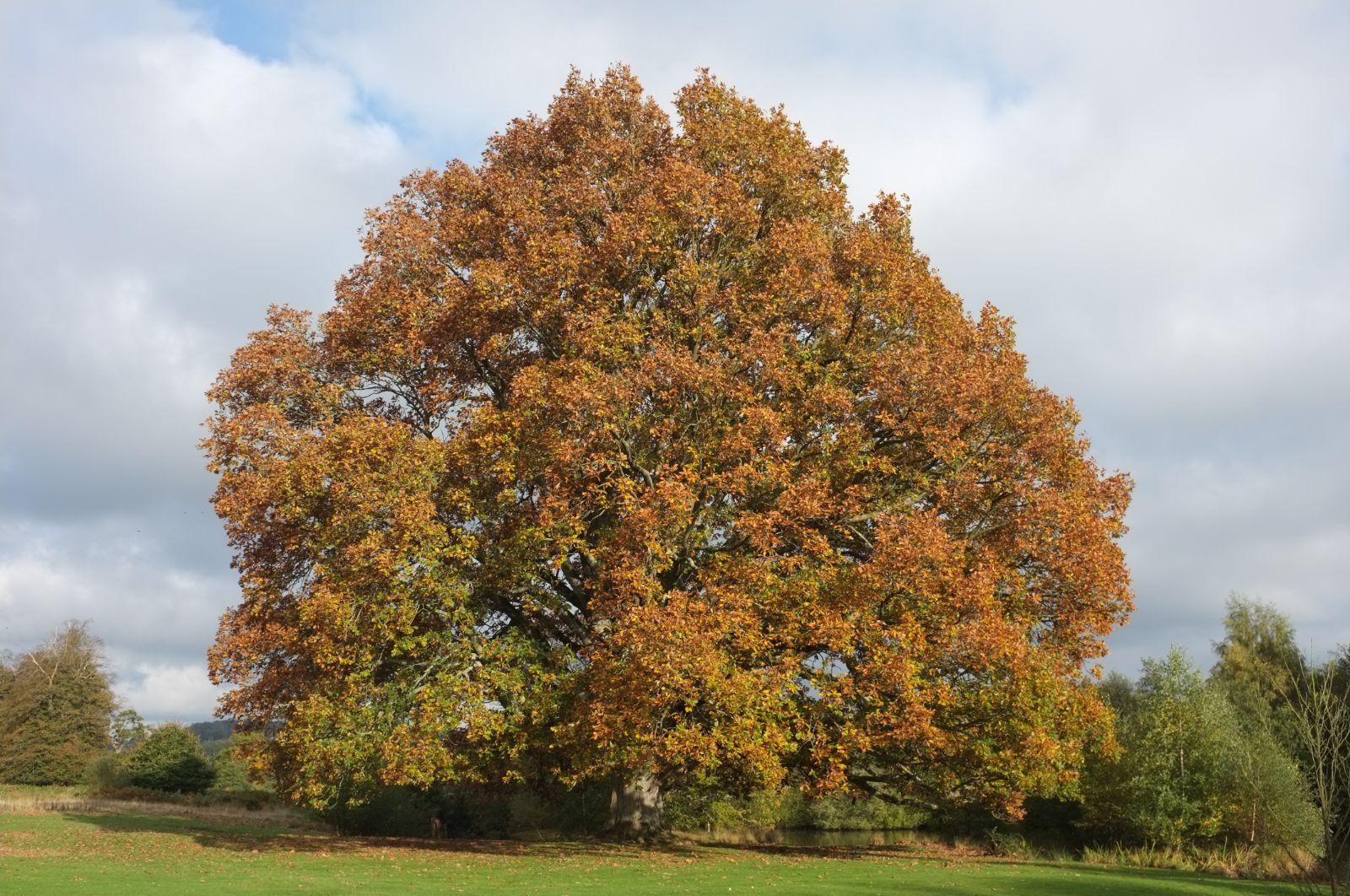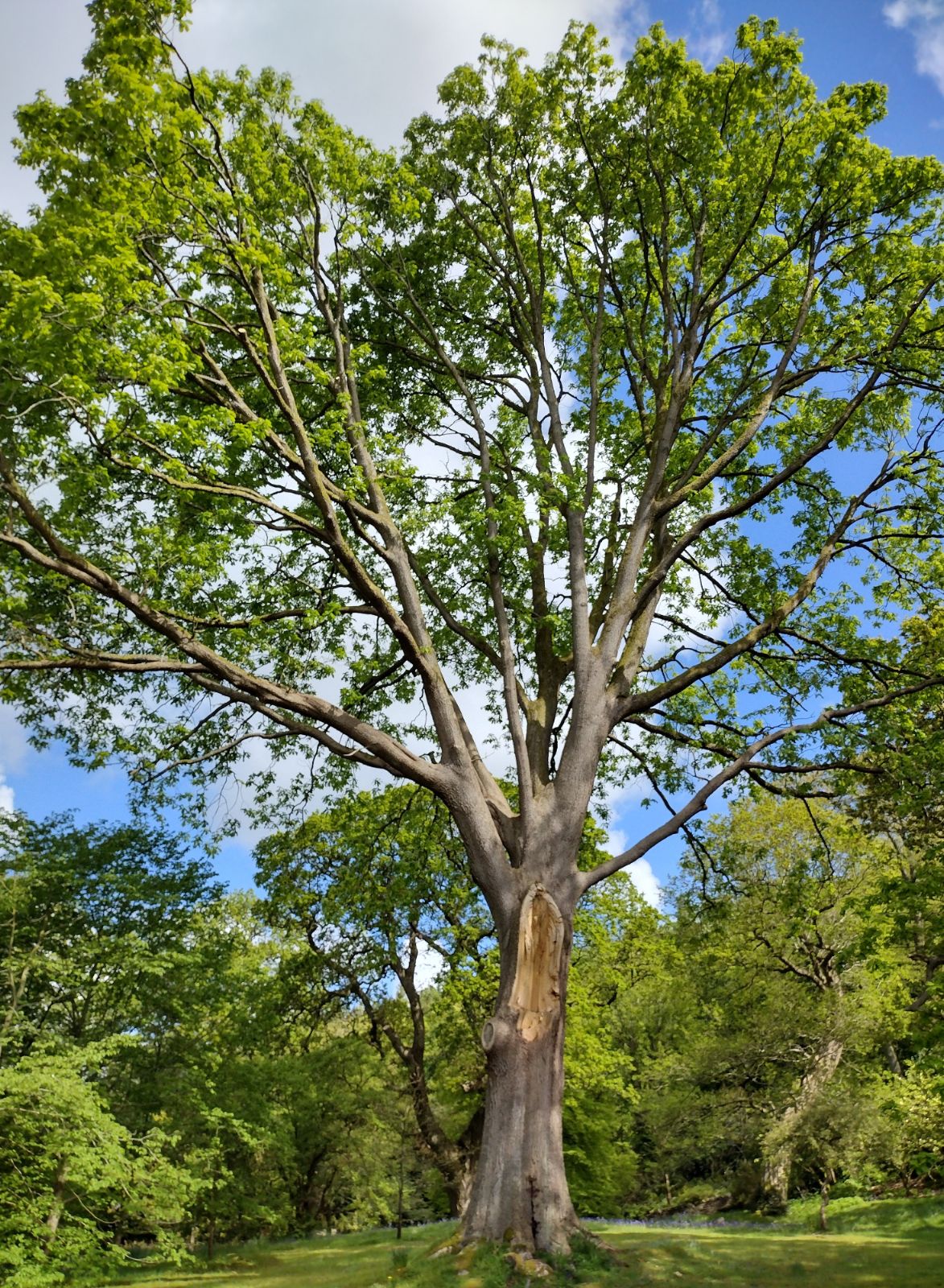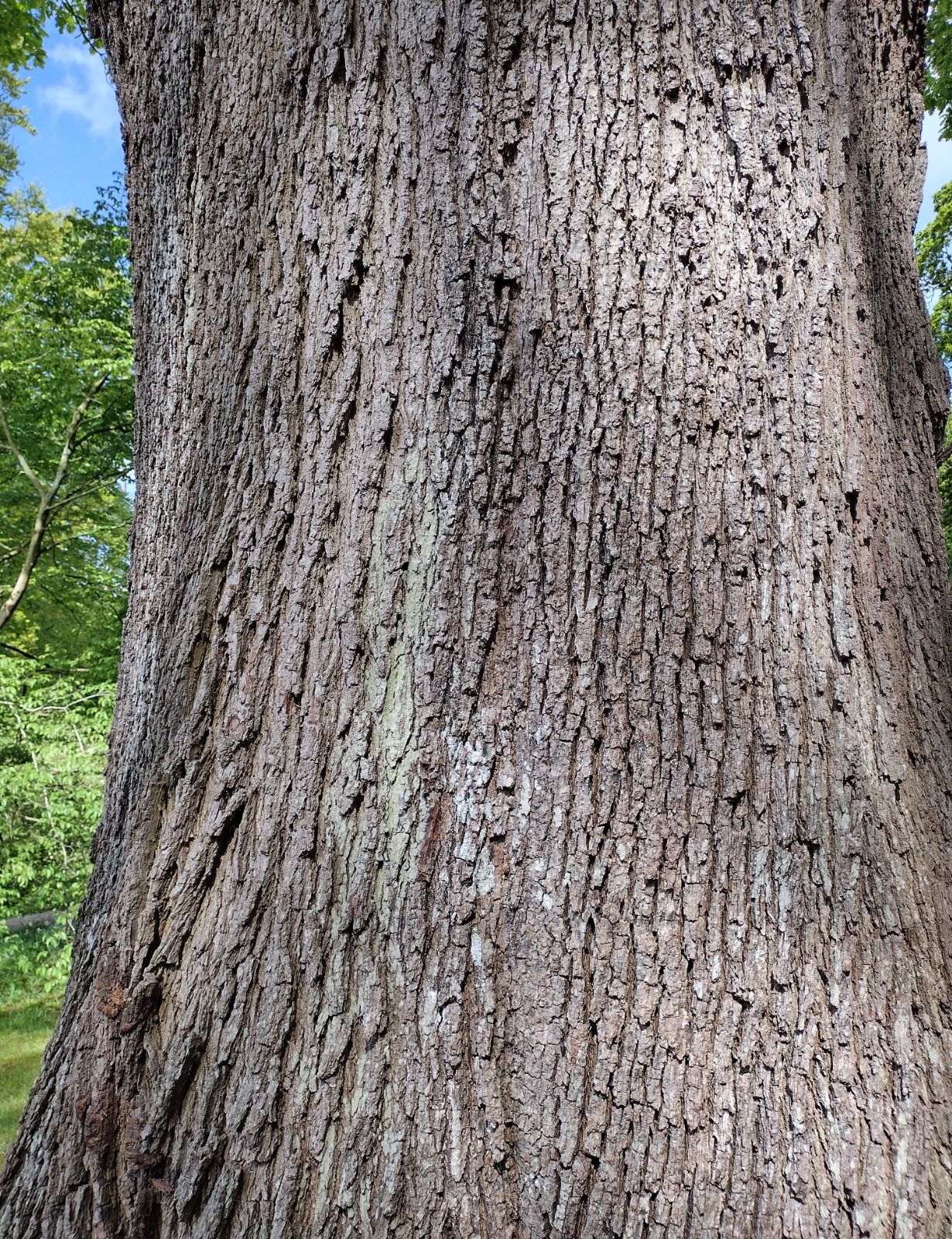Quercus frainetto
Sponsor
Kindly sponsored by
The Trees and Shrubs Online Oak Consortium
Credits
Article from Bean's Trees and Shrubs Hardy in the British Isles
Recommended citation
'Quercus frainetto' from the website Trees and Shrubs Online (treesandshrubsonline.
Genus
Common Names
- Hungarian Oak
- Farnetto
Synonyms
- Q. farnetto Ten.
- Q. conferta Kit.
- Q. esculus L., in part, nom. ambig.
Other taxa in genus
- Quercus acerifolia
- Quercus acherdophylla
- Quercus acrodonta
- Quercus acuta
- Quercus acutifolia
- Quercus acutissima
- Quercus afares
- Quercus affinis
- Quercus agrifolia
- Quercus alba
- Quercus aliena
- Quercus alnifolia
- Quercus aquifolioides
- Quercus arizonica
- Quercus arkansana
- Quercus aucheri
- Quercus augustini
- Quercus austrina
- Quercus × auzendei
- Quercus baloot
- Quercus bambusifolia
- Quercus baronii
- Quercus bicolor
- Quercus brantii
- Quercus buckleyi
- Quercus canariensis
- Quercus canbyi
- Quercus candicans
- Quercus castanea
- Quercus castaneifolia
- Quercus cerris
- Quercus chenii
- Quercus chrysolepis
- Quercus coccifera
- Quercus cocciferoides
- Quercus coccinea
- Quercus conspersa
- Quercus crassifolia
- Quercus crassipes
- Quercus delavayi
- Quercus dentata
- Quercus deserticola
- Quercus dolicholepis
- Quercus douglasii
- Quercus dumosa
- Quercus durifolia
- Quercus eduardii
- Quercus ellipsoidalis
- Quercus emoryi
- Quercus engelmannii
- Quercus engleriana
- Quercus euboica
- Quercus eugeniifolia
- Quercus fabri
- Quercus faginea
- Quercus falcata
- Quercus floribunda
- Quercus franchetii
- Quercus fruticosa
- Quercus fusiformis
- Quercus gambelii
- Quercus garryana
- Quercus geminata
- Quercus georgiana
- Quercus germana
- Quercus gilliana
- Quercus gilva
- Quercus glabrescens
- Quercus glauca
- Quercus graciliformis
- Quercus gravesii
- Quercus griffithii
- Quercus grisea
- Quercus guyavifolia
- Quercus hartwissiana
- Quercus hemisphaerica
- Quercus × hispanica
- Quercus hondae
- Quercus hypargyrea
- Quercus hypoleucoides
- Quercus ilex
- Quercus ilicifolia
- Quercus imbricaria
- Quercus incana
- Quercus infectoria
- Quercus insignis
- Quercus ithaburensis
- Quercus kelloggii
- Quercus × kewensis
- Quercus kiukiangensis
- Quercus laceyi
- Quercus laevis
- Quercus lamellosa
- Quercus lanata
- Quercus lancifolia
- Quercus laurifolia
- Quercus laurina
- Quercus × leana
- Quercus leucotrichophora
- Quercus × libanerris
- Quercus libani
- Quercus lobata
- Quercus lobbii
- Quercus lodicosa
- Quercus longinux
- Quercus longispica
- Quercus look
- Quercus × ludoviciana
- Quercus macranthera
- Quercus macrocalyx
- Quercus macrocarpa
- Quercus macrolepis
- Quercus marilandica
- Quercus mexicana
- Quercus michauxii
- Quercus mongolica
- Quercus monimotricha
- Quercus montana
- Quercus morii
- Quercus muehlenbergii
- Quercus myrsinifolia
- Quercus myrtifolia
- Quercus nigra
- Quercus × numidica
- Quercus oblongifolia
- Quercus obtusata
- Quercus oglethorpensis
- Quercus oxyodon
- Quercus pagoda
- Quercus palmeri
- Quercus palustris
- Quercus pannosa
- Quercus parvula
- Quercus petraea
- Quercus phellos
- Quercus phillyreoides
- Quercus planipocula
- Quercus poilanei
- Quercus polymorpha
- Quercus pontica
- Quercus prinoides
- Quercus pubescens
- Quercus pyrenaica
- Quercus rehderiana
- Quercus reticulata
- Quercus robur
- Quercus rotundifolia
- Quercus rubra
- Quercus rugosa
- Quercus rysophylla
- Quercus sadleriana
- Quercus salicina
- Quercus sartorii
- Quercus × schneideri
- Quercus schottkyana
- Quercus semecarpifolia
- Quercus senescens
- Quercus serrata
- Quercus sessilifolia
- Quercus setulosa
- Quercus shumardii
- Quercus sinuata
- Quercus spinosa
- Quercus stellata
- Quercus stenophylloides
- Quercus suber
- Quercus subspathulata
- Quercus tarokoensis
- Quercus tatakaensis
- Quercus texana
- Quercus tomentella
- Quercus trojana
- Quercus tungmaiensis
- Quercus turbinella
- Quercus × turneri
- Quercus undulata
- Quercus utahensis
- Quercus utilis
- Quercus uxoris
- Quercus variabilis
- Quercus velutina
- Quercus virginiana
- Quercus vulcanica
- Quercus warburgii
- Quercus wislizenii
- Quercus xalapensis
A deciduous tree of stately habit, up to 100 ft high in the wild; young shoots slightly downy, glabrous and grey the second year. Leaves obovate, but deeply cut into six to ten oblong lobes at each side, the largest of which are 2 in. deep, and penetrate from half to three quarters of the distance towards the midrib; they frequently have two to five rounded teeth on one or both sides. The largest leaves are 6 to 8 in. long, and 3 to 41⁄2 in. wide; the smallest about half those dimensions, all tapering at the base to a short stalk 1⁄3 in. or less long, the blade usually prolonged at each side into a pair of short auricles. The upper surface is dark green and soon becomes glabrous, the lower one downy, and greyish green. Fruits 1⁄2 to 3⁄4 in. long, scarcely stalked, produced two to four together, the lower half of the acorn enclosed by the cup, which is clothed outside with flattened downy scales.
Native of S. Italy, the Balkans, Rumania, and parts of Hungary; introduced about 1837. It is one of the handsomest of all oaks of the sessile-flowered group, and thrives well in cultivation. It is only likely to be confused with Q. macranthera, a species very distinct, nevertheless, in its woolly shoots and in its buds with long, persistent stipules. Occasional crops of acorns are produced on cultivated trees.
At Kew the oldest specimen of the Hungarian oak is a grafted one, planted about 1840 and measuring 70 × 111⁄4 ft (1971); in the Pagoda Vista there is a pair of trees received from the Knap Hill Nursery in 1893, also grafted, the larger of which measures 67 × 10 ft (1965). Other notable specimens are: Osterley Park, London, 75 × 101⁄4 ft with a bole of 40 ft, and another 77 × 103⁄4 ft (1965); Syon Park, London, 75 × 111⁄4 ft (1967); Grayswood Hill, Surrey, 70 × 103⁄4 ft (1971); Brook House, Ardingly, Sussex, 60 × 11 ft (1973); Woburn, Beds., 60 × 111⁄4 ft (1962); Stratfield Saye, Hants, 85 × 101⁄2 ft (1968); Westonbirt, Glos., in the Park 70 × 111⁄4 ft (1966), in Main Drive, 85 × 91⁄2 ft (1970); Tortworth, Glos., 90 × 101⁄2 ft (1964); Munden, Herts, pl. 1885, 85 × 91⁄4 ft (1968); Edinburgh Botanic Garden, pl. c. 1856, moved 1865, 67 × 8 ft (1967),
From the Supplement (Vol. V)
specimens: Kew, pl. c. 1840, 74 × 111⁄2 ft (1975) and, in Pagoda Vista, 75 × 121⁄2 ft (1984); Osterley Park, London, 102 × 113⁄4 ft, with a 40 ft bole, and 98 × 111⁄2 ft (1982); Syon Park, London, 105 × 131⁄4 ft (1982); Avenue House, Barnet, London, 77 × 121⁄2 ft (1983); Grayswood Hill, Haslemere, Surrey, 82 × 113⁄4 ft (1982); Brook House, Ardingly, Sussex, 60 × 11 ft (1973); Woburn, Beds., 71 × 12 ft (1977); Stratfield Saye, Hants, 101 × 123⁄4 ft and 115 × 11 ft (1982); Westonbirt, Glos., in the Park, 71 × 123⁄4 ft (1982); Tortworth, Glos., 85 × 12 ft (1978); Holker, Lancs., 98 × 133⁄4 ft (1983); Edinburgh Botanic Garden, 76 × 8 ft (1981); Dalmeny House, W. Lothian, 77 × 101⁄2 ft (1984); Carberry Tower, E. Lothian, 102 × 131⁄4 ft, a fine tree (1985); Cortachy Castle, Angus, pl. 1897, 82 × 91⁄2 ft (1981); Camperdown Park, near Dundee, 108 × 11 ft (1985); National Botanic Garden, Glasnevin, Eire, 71 × 111⁄4 ft (1975).





